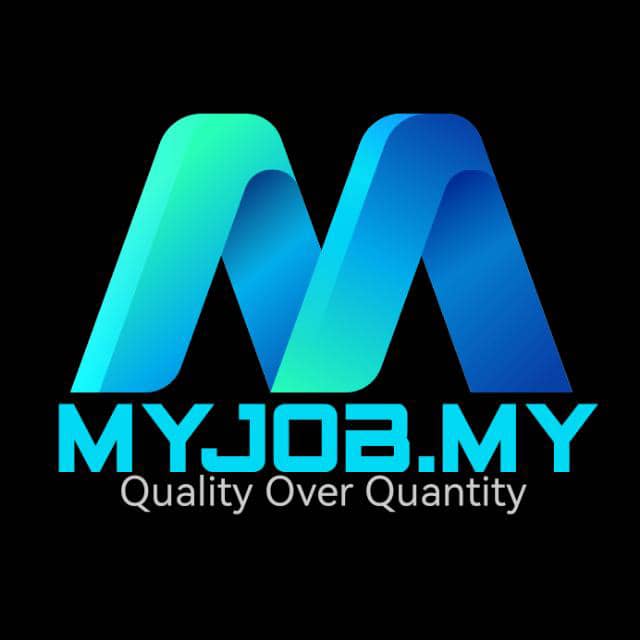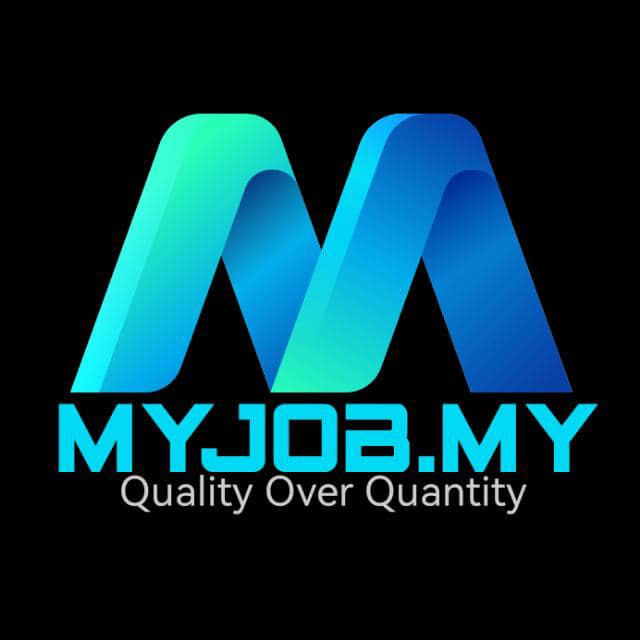The Telegram workflow represents a classy method to managing, automating, and optimizing communication processes within some of the safe and versatile messaging platforms obtainable at present. By leveraging Telegram's intensive API, robust bot ecosystem, and advanced privateness protocols, users and organizations can design workflows that transcend basic chat interactions—transforming messaging right into a dynamic software for productiveness, real-time collaboration, safe knowledge switch, telegram keyword alerts and far more. This article supplies an exhaustive exploration of Telegram workflows, revealing how they remedy frequent challenges in digital communication such as data overload, fragmented task administration, and privacy vulnerabilities, whereas enhancing user experience and operational effectivity.
To totally grasp the power of a Telegram workflow, it's essential to dissect its foundational components. These embrace Telegram's API, bots, channels, teams, and the underlying safety architecture that protects consumer information. Each component contributes distinctive capabilities that, when orchestrated collectively, create seamless, environment friendly communication pipelines.
The Telegram API supplies programmatic access to Telegram’s messaging infrastructure, enabling builders to create custom purchasers or automate interactions. Its two major layers—the Bot API and the TDLib (Telegram Database Library)—serve distinct functions. The Bot API is a simplified interface targeted on bot administration, ideal for building automated responders, information collectors, or notification methods, thereby significantly reducing guide workload. On the other hand, TDLib grants deeper management over person shoppers, supporting full customization of message dealing with and information synchronization.
Automation through the API translates into immediate sensible advantages: eliminating repetitive duties corresponding to sending bulk notifications or reminders, fostering fast knowledge exchange between telegram keyword alerts and external methods, and Telegram keyword alerts supporting real-time integration with business tools like CRM platforms or task managers. This effectivity gain directly addresses the issue of scattered communication throughout a number of channels.
Bots are programmed Telegram accounts that work together with users or other bots autonomously throughout the workflow. They type the spine of workflow automation by executing predefined commands, processing information, and interacting with APIs and databases. The capability to integrate pure language processing or machine studying models into bots additional amplifies their utility—transforming Telegram right into a responsive assistant that understands and acts upon person intent.
From scheduling meetings to moderating chats or delivering safe alerts, bots assist clear up the ache points round coordination delays, human error, and response inconsistency. By embedding these capabilities into Telegram’s native surroundings, workflows turn out to be more coherent and fewer dependent on exterior functions, streamlining day by day communication.
Channels in Telegram serve as broadcast platforms, ideal for distributing information widely with out noise or distractions, while groups allow multi-party conversations with various levels of person permissions. Both have strategic roles in a workflow by segmenting communication streams in accordance with function and audience, mitigating the standard dysfunction that arises in team or community chats.
For example, a corporation could create devoted channels for announcements, task updates, or shopper feedback, whereas teams facilitate collaborative discussions or Q&A. This separation improves focus and ensures that recipients obtain related info, helping to handle cognitive load and prevent message fatigue.
End-to-end encryption for Secret Chats, server-client encryption for cloud chats, and thoughtful key administration constitute Telegram’s privateness framework that safeguards all workflow-related communications. Understanding these protocols is essential for designing workflows that uphold compliance and protect delicate information.
Incorporating secure communication channels inside workflows helps customers overcome considerations about data interception or unauthorized entry. Moreover, Telegram's dedication to minimal data retention enhances user trust—an invaluable asset in delicate professional environments or communities requiring stringent confidentiality.
With a strong understanding of Telegram’s structural and security elements, it turns into clear how each contributes to creating productive, secure workflows. Next, the focus will shift to sensible design strategies that optimize these elements for real-world applications.
Constructing a Telegram workflow calls for deliberate design to deal with key challenges similar to task fragmentation, gradual response times, and safety risks. The workflow must not only automate duties but in addition seamlessly information consumer conduct and decision-making. This part details actionable methods to design workflows that optimize communication and enhance outcomes.
Starting with well-defined aims prevents feature bloat and focuses the workflow on fixing actual issues. For example, goals might embody accelerating buyer support response instances, automating content material delivery, or managing project status updates. Understanding who participates—admins, common users, bots—and their permissions ensures that interactions happen inside appropriate boundaries, stopping info leaks and maintaining workflow integrity.
Clarifying roles improves accountability and reduces overlap, which is a frequent explanation for miscommunication and task neglect in group environments. When the workflow mirrors organizational buildings and responsibilities, it helps users undertake the system naturally and consistently.
Workflow architects ought to map typical dialog flows, choice points, and triggers to determine reliable automation chains. For instance, a customer support bot workflow might detect keywords in messages to assign tickets to the right assist brokers, escalate urgent instances, or provide prompt solutions utilizing FAQs.
These automations scale back human error and velocity up processes, instantly impacting productivity and user satisfaction. Clear interaction patterns also improve predictability and help prevent consumer frustration attributable to inconsistent bot behavior or ambiguous directions.
Inline keyboards and customized instructions enrich the consumer interface inside Telegram chats, enabling users to navigate options or execute duties with minimal typing. Incorporating these components in workflows facilitates sooner decision-making and reduces cognitive load, notably in mobile-first eventualities the place typing is cumbersome.
This side solves widespread usability challenges and maintains engagement by providing concise and intuitive controls that keep conversations structured and goal-oriented.

Telegram’s open ecosystem supports integration with external companies by way of webhook interactions and RESTful APIs. Embedding functionalities similar to calendar syncing, doc management, or analytics enhances workflows by consolidating essential tools inside one interface. Such integrations stop tool-switching fatigue, a identified barrier to productiveness in hybrid work environments.
Moreover, by automating cross-platform information change securely, these integrations enable steady workflows that adapt dynamically to changing necessities and contexts.
Security best practices include limiting bot permissions to the least required, using secure token storage, and enabling two-factor authentication where possible. Workflow designers should also handle person information responsibly, adhering to rules like GDPR or CCPA relying on jurisdiction.
Embedding these principles into the design not solely protects towards breaches and information misuse but also builds person confidence. When users acknowledge that their privateness is respected inside workflows, they have interaction more openly and frequently, additional enhancing communication efficiency.
Having established design principles, the next logical step entails diving deeper into specific use instances where Telegram workflows reveal their transformative potential.
Telegram workflows adapt to diverse eventualities, from enterprise automation to neighborhood administration. This part showcases key examples and the tangible benefits they ship.
Telegram workflows powered by clever bots can decode incoming queries, classify points, assign tickets, and reply immediately with relevant options. By automating repetitive buyer interactions, organizations cut back wait times and free human brokers to address complicated issues, elevating service quality.
Real-time notifications update each clients and agents, maintaining transparency and enhancing trust. This workflow addresses frequent pain points like delayed responses and inconsistent messaging, streamlining the whole help lifecycle within a secure setting.
Workflow designs that integrate task creation, status updates, and deadline reminders into Telegram teams help groups stay synchronized with out switching between apps. Bots can parse instructions to create duties, allocate sources, and generate abstract stories routinely.
This seamless integration solves fragmented communication and task mismanagement, common in distant or hybrid workspaces. Importantly, controlled group permissions protect project confidentiality whereas enabling efficient information trade.
Telegram channels combined with scheduled bot messages enable companies to deliver customized content, promotions, or alerts to segmented audiences. Automation ensures well timed delivery aligned with advertising campaigns, maximizing engagement and conversion rates.
This workflow alleviates the challenge of sustaining consistent outreach and measuring influence, as integrated analytics capture consumer interactions for steady optimization.
For communities and event organizers, Telegram workflows facilitate member onboarding, real-time updates, and feedback collection through interactive bots. These automated sequences foster a way of belonging, increase participation, and scale back administrative overhead.
Security controls such as two-step verification defend group integrity throughout large-scale occasions, safeguarding both organizers and participants.
In sensitive contexts like healthcare or legal advisories, Telegram workflows leverage encrypted chats and strict access controls to change confidential info safely. Automated alerts and audit logs assist preserve compliance with trade requirements and laws.
This level of safety and management over info circulate resolves crucial trust barriers and authorized risks in digital communication.
Each use case demonstrates how tailor-made Telegram workflows address distinct pain points via automation, privateness, and user-centric design. Before concluding, it is imperative to assume about ongoing management and optimization practices to take care of workflow effectiveness.
Designing and deploying a workflow is only part of the equation. To maximize long-term benefits, steady monitoring, refinement, and person suggestions integration are essential.
Implementing metrics corresponding to response time, error rates, and user interplay volumes supplies critical insights into workflow effectivity. Telegram’s API presents analytics hooks that may be related to dashboards for real-time statement.
This data-driven strategy helps to establish bottlenecks, redundant processes, or telegram keyword alerts underused features, enabling targeted enhancements that maintain productiveness features.
Engaging end-users via surveys, in-chat feedback instructions, or direct interviews uncovers sensible challenges that escape automated monitoring. Their insights ensure workflows remain intuitive and aligned with evolving needs.
Addressing feedback fosters consumer ownership, resulting in higher adoption and lowering resistance to automated techniques.
Regular maintenance retains bots aligned with Telegram API modifications and safety updates. Enhancing encryption strategies or refining authorization models protects workflows from emerging threats, preserving knowledge integrity and user belief.
Scheduled updates also allow incorporating new features that broaden workflow capabilities and resolve usability deficiencies.
As communities or organizations broaden, workflows must scale without compromising efficiency or safety. Designing for scalability entails load balancing, modular bot structure, and efficient database management.
Proactively planning for growth ensures that workflows continue delivering seamless experiences whilst complexity will increase.
The exploration of Telegram workflow reveals its transformative influence by integrating automation, privateness, and streamlined communication right into a unified platform. Understanding Telegram’s core components—API, bots, channels, and safety protocols—forms the inspiration for designing workflows that tackle frequent digital communication challenges: decreasing guide duties, managing info successfully, and protecting data confidentiality.
Effective workflow design calls for clear objectives, thoughtful person role delineation, robust automations, UI optimizations such as inline keyboards, and seamless integration with exterior tools. Real-world use circumstances in buyer support, project administration, marketing, group engagement, and safe info sharing reveal the platform’s versatile utility.
To maintain advantages, ongoing workflow monitoring, person feedback incorporation, bot upkeep, and strategic scalability planning are crucial.
For professionals looking for to maximize the potential of Telegram workflows, instant actions embrace: auditing present communication challenges, experimenting with bot improvement utilizing the Telegram Bot API, segmenting person teams to tailor message streams effectively, implementing strict safety practices, and establishing suggestions loops for continuous improvement. Embracing these steps transforms Telegram from a mere messaging app into a strong engine of productivity and secure collaboration.
No Data Found!

